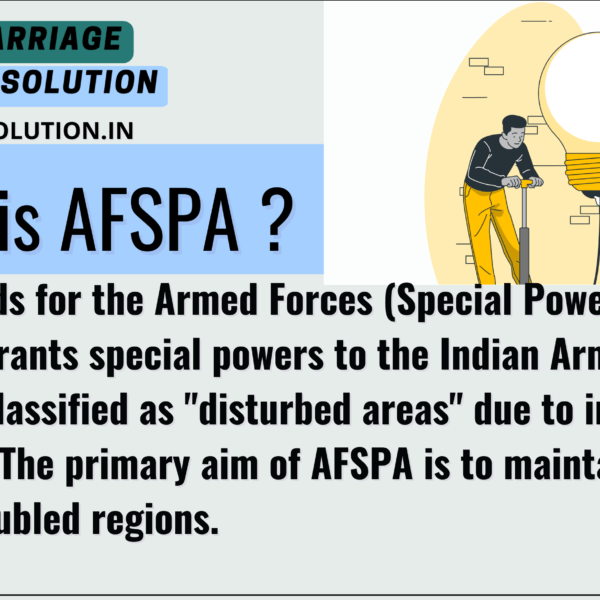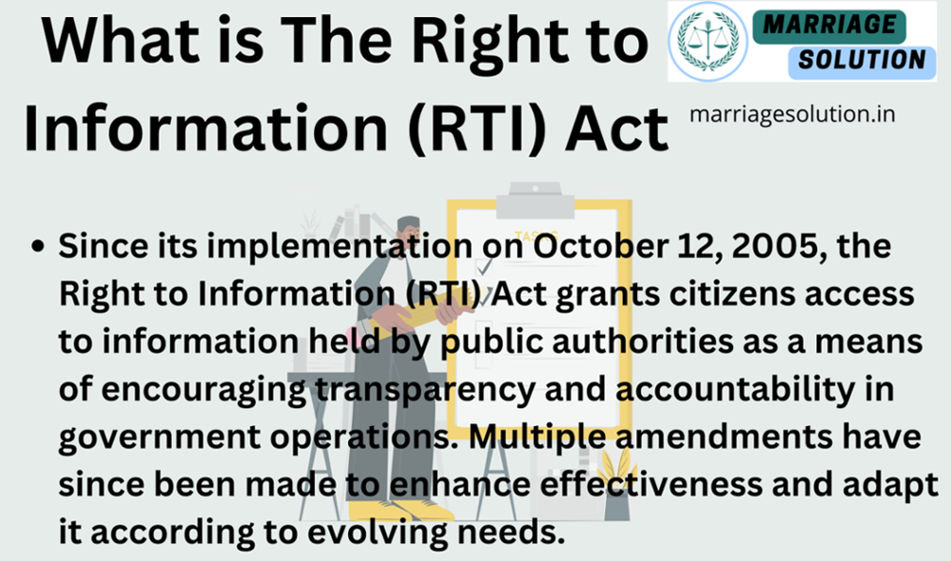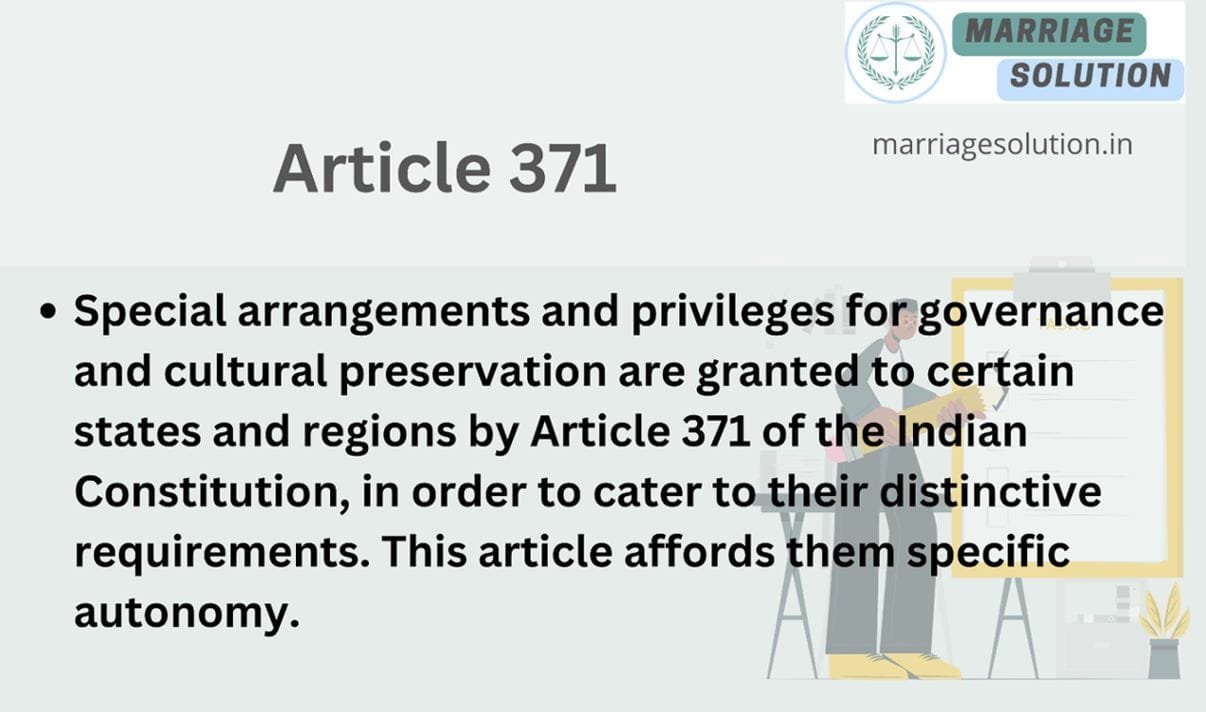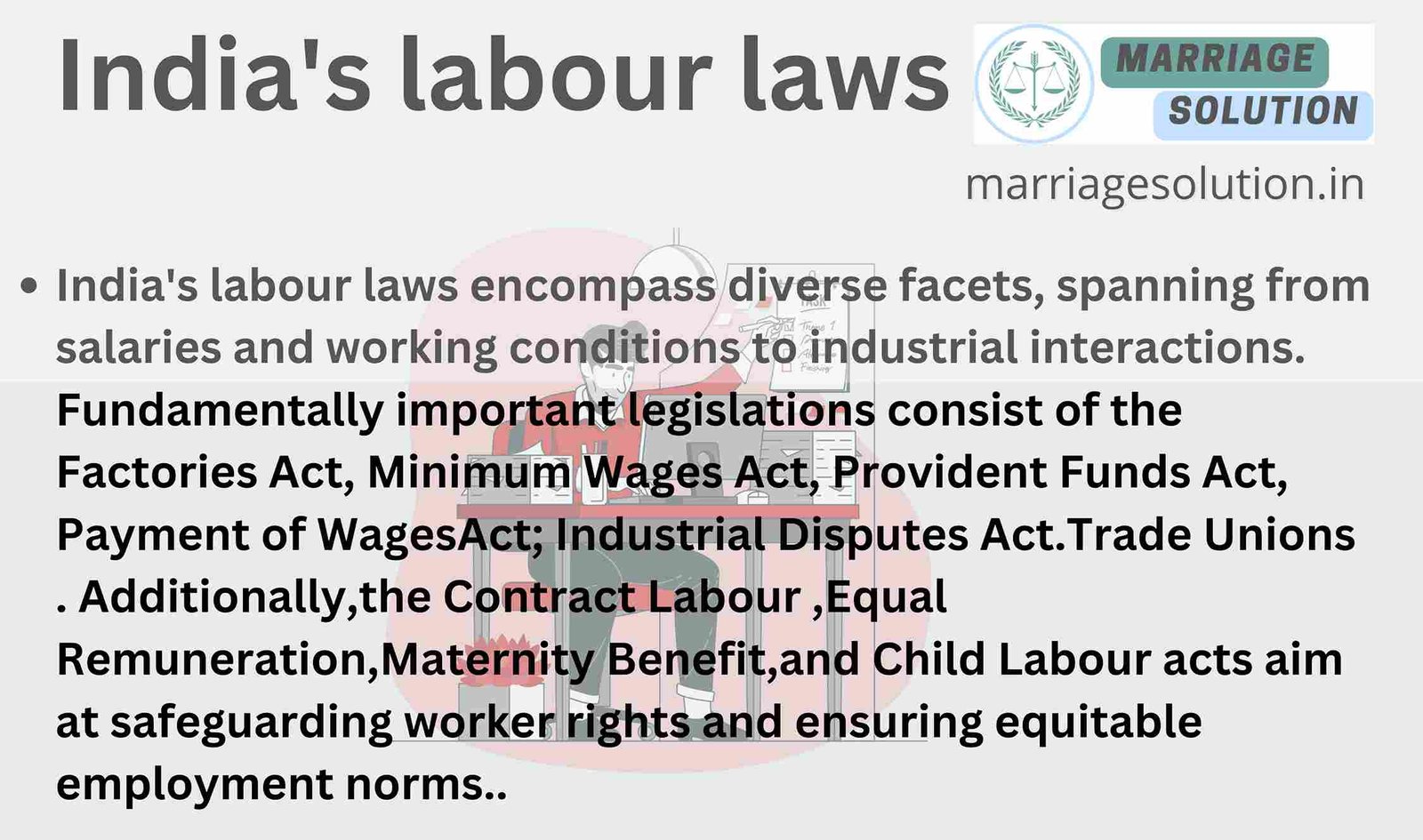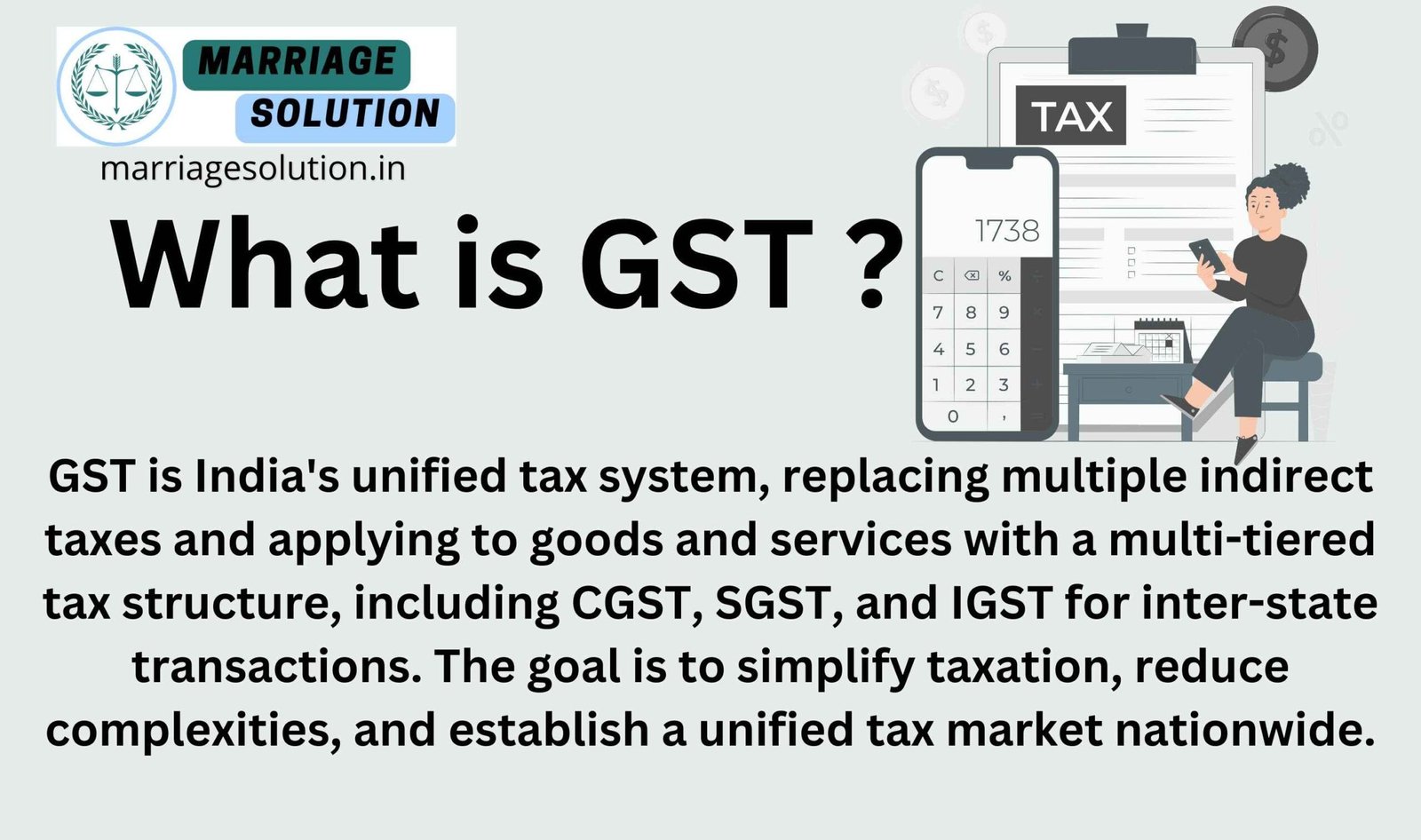Introduction of 152 IPC
152 IPC is about stopping people from attacking or obstructing public servants, like police officers, when they are trying to control riots or unlawful gatherings. This law helps keep these officers safe so they can do their job to maintain public order. By making it a crime to interfere with them, IPC 152 helps ensure public safety during chaotic times.
- Introduction of 152 IPC
- What is IPC Section 152 ?
- Section 152 IPC in Simple Points
- 152 IPC Overview
- 10 Key Points of IPC 152
- 1. Protection for Public Servants
- 2. Crime Must Happen During Riot Control
- 3. What Counts as “Assault”?
- 4. What Counts as “Obstruction”?
- 5. Intent and Knowledge Are Necessary
- 6. Punishment Under IPC 152
- 7. Cognizable and Non-Bailable Offense
- 8. Related IPC Sections
- 9. Evidence Required for Conviction
- 10. Defenses Against IPC 152 Charges
- Example 1: Throwing Stones at Police During a Riot
- Example 2: Blocking Police from Entering a Riot Area
- IPC 152 Punishment
- 152 IPC bailable or not ?
- Sec 152 IPC in short information
- 152 IPC FAQs
- If you need support with court proceedings or any other legal matters, don’t hesitate to reach out for assistance.
What is IPC Section 152 ?
Indian Penal Code (IPC) Section 152 deals with assaulting or obstructing a public servant when they are trying to suppress a riot or disperse an unlawful assembly. This law aims to protect police officers and other public servants from interference while they are maintaining public order. By criminalizing such actions, IPC 152 helps ensure that law enforcement can effectively perform their duties during chaotic and potentially dangerous situations.
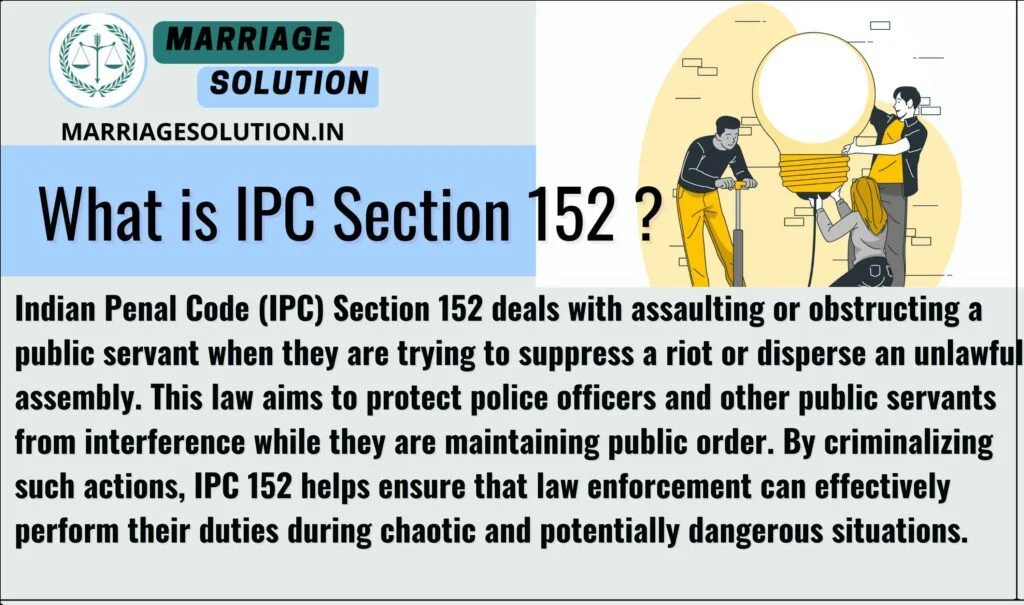
Section 152 IPC in Simple Points
1. Protection for Public Servants
IPC 152 is meant to protect police officers, magistrates, and other public officials from harm while they are controlling riots. Without this protection, officials might be afraid to take action, making it difficult to control violent situations. If someone physically assaults or threatens them, it can lead to immediate arrest and legal consequences. This section ensures that officials can do their duty without fear, helping maintain law and order effectively. Without such protection, riots and unlawful gatherings could become more dangerous.
2. Covers Both Assault and Obstruction
This law punishes both assault and obstruction of a public servant. Assault includes actions like hitting, pushing, kicking, or throwing objects at an officer. Even verbal threats can be considered assault if they are serious. Obstruction means blocking the officer’s path, interfering with their equipment, or encouraging others to resist. Even spreading false information to mislead officers can be seen as obstruction. These acts can disrupt riot control and make the situation worse, which is why the law treats them as serious offenses.
3. Punishment for Violating IPC 152
Anyone guilty under IPC 152 can face up to 3 years of imprisonment, a fine, or both. The severity of punishment depends on how serious the assault or obstruction was. If an officer is injured or the obstruction leads to greater violence, the court may impose stricter punishment. Since it is a non-bailable offense, the accused cannot get bail directly from the police and must apply for bail in court. This law ensures that offenders face strict legal action to prevent similar crimes in the future.
4. Intent and Knowledge Matter
To be convicted under IPC 152, the accused must have knowingly and intentionally obstructed or assaulted a public servant. If the act was accidental or the person did not realize they were interfering with an officer, IPC 152 may not apply. Courts consider evidence such as video footage, witness testimonies, and police reports to determine whether the act was intentional. This prevents wrongful convictions and ensures that only those who deliberately attack or obstruct officers are punished.
5. Related Laws and Legal Provisions
IPC 152 is closely related to other sections dealing with riots and public servant protection. IPC 141-151 define unlawful assemblies and related punishments. IPC 186 punishes obstruction of public servants in general situations, while IPC 353 deals with assaulting public servants outside of riot control. Together, these laws ensure public order is maintained, and officers have the necessary protection while performing their duties. Understanding these legal provisions helps in avoiding unintentional violations of the law.
152 IPC Overview
IPC Section 152 makes it a crime to assault or obstruct a public servant who is trying to control a riot or disperse an unlawful assembly. This law protects police officers and other government officials so they can perform their duties safely. If a person physically attacks, threatens, or blocks a public servant during riot control, they can be punished under this section. The law ensures that public authorities can maintain law and order without interference. It is a non-bailable offense, meaning the accused must apply for bail in court. Additionally, this law does not apply to peaceful protests but only to violent or unlawful gatherings.
10 Key Points of IPC 152
1. Protection for Public Servants
IPC 152 is designed to protect public servants who are actively controlling riots or dispersing unlawful gatherings. Public servants include police officers, magistrates, firefighters, and other government officials performing their duty. These officials risk their safety to control violent crowds, and this law ensures they are not attacked or obstructed. If someone assaults or interferes with them, legal action can be taken immediately. This protection allows public officials to act without fear and maintain peace in society. Without such laws, it would be difficult for the authorities to control riots effectively.
2. Crime Must Happen During Riot Control
IPC 152 applies only if the offense happens while the public servant is dispersing a crowd or controlling a riot. If a person assaults or obstructs a police officer at any other time, different IPC sections may be used instead. This means that even if someone fights with a police officer during normal duty, they cannot be charged under IPC 152 unless it happened during riot control. The law is very specific and only applies to situations of mass disturbance. This ensures that the law is not misused in unrelated incidents. Courts carefully examine the context and evidence before applying IPC 152.
3. What Counts as “Assault”?
Assault under IPC 152 includes physical and verbal attacks on public servants during riot control. Physical assault can include actions like hitting, kicking, pushing, or throwing objects at officers. Verbal assault includes threatening to harm, using abusive language, or trying to scare officers so they cannot do their job. Even if no physical harm is done, an attempt to use force or threaten a public servant is considered an offense. Assaulting an officer not only disrupts law enforcement but also encourages others in the crowd to act violently. That is why strict punishment is necessary for such actions.
4. What Counts as “Obstruction”?
Obstruction under IPC 152 means stopping a public servant from doing their job while controlling a riot or unlawful gathering. This can include blocking roads, forming human chains, preventing police from reaching the location, or damaging their equipment. Encouraging others to resist the police or refuse to follow orders also falls under obstruction. In some cases, people spread false information to mislead officers, which can also be considered obstruction. The goal of IPC 152 is to ensure that public servants can work freely and efficiently during chaotic situations. If obstruction leads to harm or increased violence, the punishment can be severe.
5. Intent and Knowledge Are Necessary
For a person to be punished under IPC 152, they must have knowingly and intentionally obstructed or assaulted a public servant. If someone did not realize they were interfering with an officer or if it happened by accident, IPC 152 does not apply. For example, if a person unknowingly blocks a police officer’s path, it may not be a crime. However, if they intentionally prevent officers from doing their duty, they can be charged. Courts examine evidence like video footage, witness testimonies, and police reports to determine if the act was done deliberately.
6. Punishment Under IPC 152
The punishment for violating IPC 152 includes imprisonment of up to 3 years, a fine, or both. The severity of the punishment depends on how serious the assault or obstruction was. If the act caused injury to a public servant or led to greater violence, the court may impose stricter penalties. The fine amount is determined based on the damage caused by the offender’s actions. Since it is a non-bailable offense, the accused cannot be released on bail immediately and must apply for bail in court. The punishment ensures that people do not interfere with law enforcement during riots.
7. Cognizable and Non-Bailable Offense
IPC 152 is a cognizable offense, which means the police can arrest a person without a warrant if they are caught in the act. Since riots are unpredictable and dangerous, immediate action is necessary to control the situation. It is also a non-bailable offense, meaning the accused cannot get bail directly from the police and must approach the court. This strict rule prevents repeat offenders from escaping justice easily. The court decides on bail based on the seriousness of the crime and the evidence against the accused.
8. Related IPC Sections
IPC 152 is connected to several other IPC sections dealing with riots and assaults on public servants. IPC 141-151 define unlawful assemblies and punishments for those participating in them. IPC 186 punishes general obstruction of a public servant, even outside riot situations. IPC 353 covers assault on public servants in any scenario, not just during riot control. Together, these laws help maintain law and order by protecting public officials from harm. Understanding these related sections is important to avoid confusion in legal cases.
9. Evidence Required for Conviction
To convict someone under IPC 152, strong evidence is required. The police must provide eyewitness statements, video footage, injury reports, or testimony from the affected officers. Without clear proof, it is difficult to establish that assault or obstruction occurred intentionally. Sometimes, people make false claims against police officers, so the court examines the evidence carefully. In some cases, mobile phone recordings or CCTV footage are used to prove the crime. The prosecution must show that the accused knowingly interfered with the public servant’s duty.
10. Defenses Against IPC 152 Charges
There are some valid defenses against an IPC 152 charge. If a person did not know that the person they obstructed was a public servant, they may not be guilty. Another defense is self-defense—if someone was being physically attacked by officers and acted in self-protection, they can argue against the charge. In some cases, people are wrongly identified in a riot, and they can prove that they were not involved. Courts require strong evidence before convicting anyone, and false cases can be dismissed.
Example 1: Throwing Stones at Police During a Riot
A violent protest takes place, and the police arrive to disperse the crowd. One protester throws stones at the officers, injuring one of them. Since the police were actively controlling a riot, and the protester knowingly attacked them, this action falls under IPC 152. The protester can be arrested and punished with imprisonment or a fine.
Example 2: Blocking Police from Entering a Riot Area
A group of people creates a human chain to prevent police officers from entering an area where a riot is happening. Even though they do not physically attack the officers, they obstruct their movement, making it difficult to control the situation. This obstruction is illegal under IPC 152, and those involved can be arrested and punished for interfering with riot control.
IPC 152 Punishment
Imprisonment: If found guilty under IPC 152, a person can be imprisoned for up to three years. The exact length of the sentence depends on how severe the obstruction or assault was.
Fine: Besides imprisonment, the court can also impose a fine. The amount of the fine is decided by the judge and can vary depending on the case.
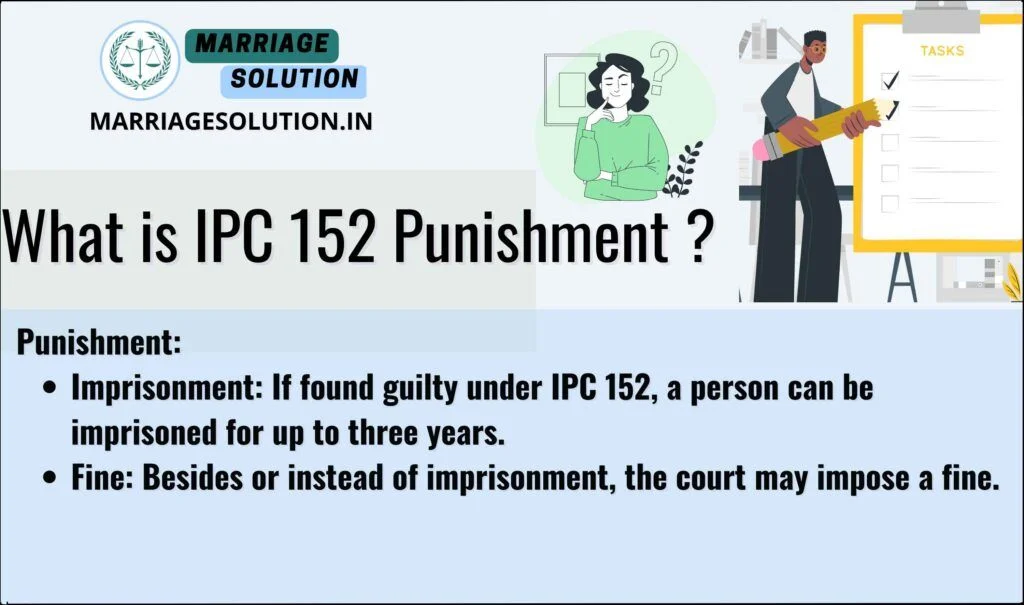
152 IPC bailable or not ?
IPC Section 152 is a non-bailable offense. This means that if someone is arrested under this section, they don’t have an automatic right to bail. They must apply to the court, and it’s up to the judge to decide whether to grant bail or not.
Sec 152 IPC in short information
| Aspect | Details |
|---|---|
| Offense | Assaulting or obstructing public servants during riots or unlawful assemblies |
| Definition | Assaulting or obstructing any public servant while they are controlling a riot or dispersing an unlawful assembly |
| Punishment | Imprisonment up to 3 years, and/or fine (as determined by the court) |
| Bailable | Non-bailable |
152 IPC FAQs
What does IPC Section 152 address?
IPC Section 152 deals with assaulting or obstructing public servants who are suppressing riots or dispersing unlawful assemblies.
Who is protected under IPC Section 152?
This section protects all public servants, including police officers and magistrates, involved in controlling riots or dispersing unlawful gatherings.
Is IPC Section 152 a bailable offense?
No, IPC Section 152 is a non-bailable offense. The accused must apply to the court for bail, and it is up to the judge to grant it.
If you need support with court proceedings or any other legal matters, don’t hesitate to reach out for assistance.
Court or any other marriage-related issues, our https://marriagesolution.in/lawyer-help-1/ website may prove helpful. By completing our enquiry form and submitting it online, we can provide customized guidance to navigate through the process effectively. Don’t hesitate to contact us for personalized solutions; we are here to assist you whenever necessary!
Right to Information RTI act :Your Comprehensive Guide (Part 1)
The Right to Information (RTI) Act : Explore the essence of the Right to Information (RTI) Act through this symbolic image. The image features legal documents, emphasizing the importance of transparency and accountability in governance. The scales of justice represent…
What is Article 371 of Indian Constitution ?
Article 371 of the Indian Constitution grants special provisions to specific states and regions within India, addressing their unique historical, social, and cultural circumstances. These provisions aim to accommodate diverse needs and protect cultural identities within the constitutional framework.
Indian Labour law : Your Comprehensive Guide (Part 1)
The purpose of labour laws is to safeguard employees and guarantee equitable treatment at the workplace, encompassing aspects such as remuneration, security, and perks. These regulations establish a secure ambiance by imposing minimum wage requirements, ensuring factory safety measures are…
GST :Your Comprehensive Guide (Part 1 – Understanding the Basics)
The Goods and Services Tax (GST) is like a big change in how we pay taxes in India. It started on July 1, 2017, and it’s here to simplify things. Before GST, we had many different taxes, and it could…

